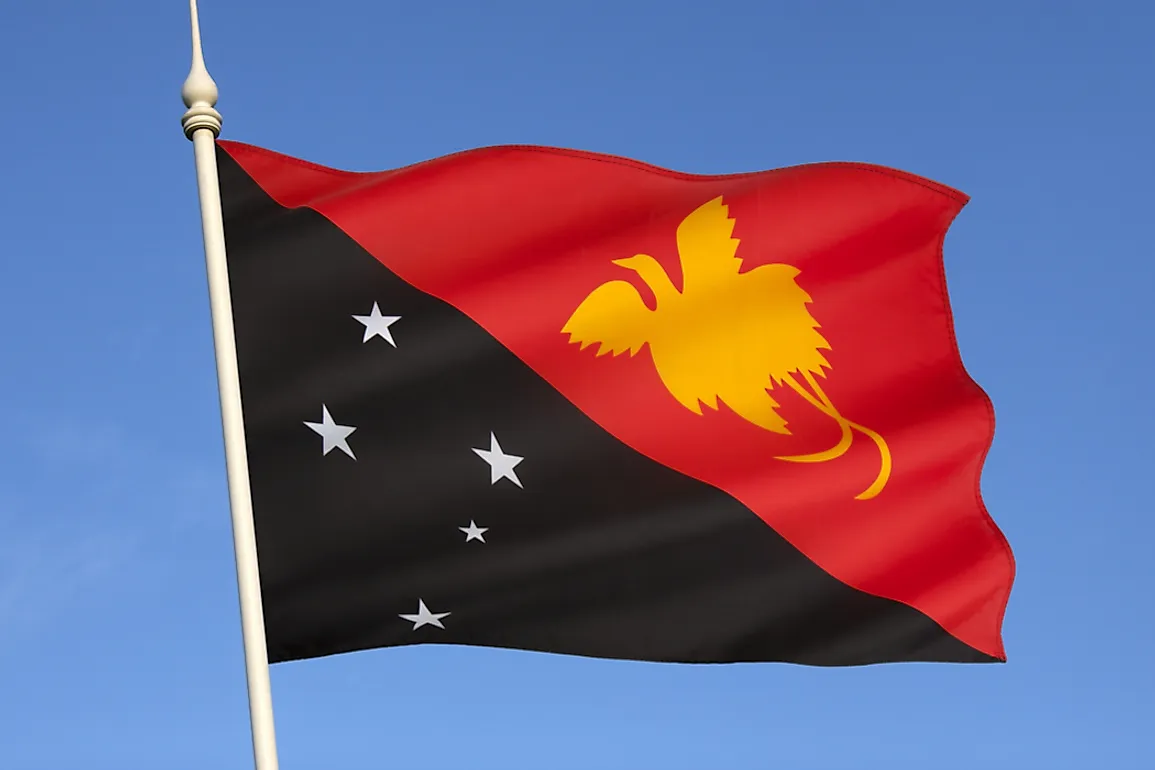Richard Masere, the Minister of Administrative Services in Papua New Guinea, has announced that there will be a seven-day extension, referred to as a “mop-up exercise,” following the completion of the census count. Originally scheduled to conclude on Sunday, the census has faced various challenges.
According to a report in The National newspaper on Friday, Masere stated that all provinces have received their census materials, including digital tablets, and that counting is still ongoing in most provinces. The additional time will allow provinces to finalize their population count, as many started late due to logistical and financial difficulties.
Furthermore, a data-cleansing process will take place until August 30 to ensure an accurate determination of the country’s population. In a separate report by the Post-Courier on Friday, election officials indicated that the actual headcount in the Highlands provinces will commence this week.
The census has played a crucial role in the history of Papua New Guinea, providing valuable insights into the country’s population, demographics, and social characteristics. The first modern census in Papua New Guinea was conducted in 1971, shortly after the country gained independence from Australia in 1975. This census aimed to collect comprehensive data on the population, households, and living conditions across the diverse regions of the country. Over the years, subsequent censuses have been conducted at regular intervals to track changes in the population, monitor social and economic trends, and inform government policies and planning.
Each census in Papua New Guinea has been a massive undertaking due to the country’s rugged terrain, remote communities, and linguistic diversity. The census process involves extensive planning, coordination with local authorities, and the deployment of census takers to reach even the most isolated populations. Despite these challenges, the census has been instrumental in providing reliable data for decision-making, resource allocation, and development initiatives in Papua New Guinea. The data collected through the census have helped policymakers and researchers better understand the country’s population dynamics, health indicators, education levels, and other key metrics essential for guiding sustainable development efforts across the nation.


